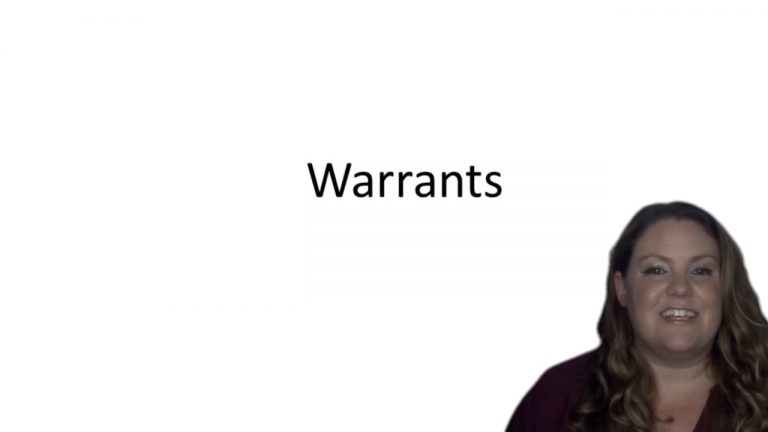SmartBrief
Confirm favorite deletion?
Criminal Procedure Keyed to Dressler
United States v. Chadwick
Citation:
433 U.S. 1, 97 S.Ct. 2476, 53 L.Ed.2d 538.Facts
Railroad officers observed two of the defendants, Machado and Leary, load a brown footlocker onto a train bound for Boston. The trunk was unusually heavy for its size, and that it was leaking talcum powder, a substance often used to mask the odor of marijuana. The railroad officers reported it to the federal agents.
When the train arrived in Boston two days later, federal agents placed Machado and Leary under surveillance. The third defendant, Chadwick, then joined Machado and Leary, and they engaged an attendant to move the footlocker outside to Chadwick’s waiting automobile. Machado, Chadwick, and the attendant lifted the 200-pound footlocker into the trunk of the car, while Leary waited in the front seat. At that point, while the trunk of the car was still open and before the car engine had been started, the officers arrested all three of them. The keys to the footlocker were taken from Machado, and officers took it to a federal building. An hour and a half after the arrests, officers searched it and found marijuana. They did not have a search warrant.
They filed a motion to suppress the evidence obtained from the search, and the district court granted it. The appellate court affirmed. The government appealed, arguing that the search of the footlocker falls under the automobile exception to the warrant requirement of the Fourth Amendment. Further, the government argued that warrant protection should extend only to private dwellings and a few other high privacy areas.
Only StudyBuddy Pro offers the complete Case Brief Anatomy*
Access the most important case brief elements for optimal case understanding.
*Case Brief Anatomy includes: Brief Prologue, Complete Case Brief, Brief Epilogue
- The Brief Prologue provides necessary case brief introductory information and includes:
Topic:
Identifies the topic of law and where this case fits within your course outline.Parties:
Identifies the cast of characters involved in the case.Procedural Posture & History:
Shares the case history with how lower courts have ruled on the matter.Case Key Terms, Acts, Doctrines, etc.:
A case specific Legal Term Dictionary.Case Doctrines, Acts, Statutes, Amendments and Treatises:
Identifies and Defines Legal Authority used in this case.
- The Case Brief is the complete case summarized and authored in the traditional Law School I.R.A.C. format. The Pro case brief includes:
Brief Facts:
A Synopsis of the Facts of the case.Rule of Law:
Identifies the Legal Principle the Court used in deciding the case.Facts:
What are the factual circumstances that gave rise to the civil or criminal case? What is the relationship of the Parties that are involved in the case.Issue(s):
Lists the Questions of Law that are raised by the Facts of the case.Holding:
Shares the Court's answer to the legal questions raised in the issue.Concurring / Dissenting Opinions:
Includes valuable concurring or dissenting opinions and their key points.Reasoning and Analysis:
Identifies the chain of argument(s) which led the judges to rule as they did.
- The Brief Prologue closes the case brief with important forward-looking discussion and includes:
Policy:
Identifies the Policy if any that has been established by the case.Court Direction:
Shares where the Court went from here for this case.
Topic Resources
Topic Outline
Topic Refresher Course
Topic Charts & Notes

 10m 22s
10m 22s